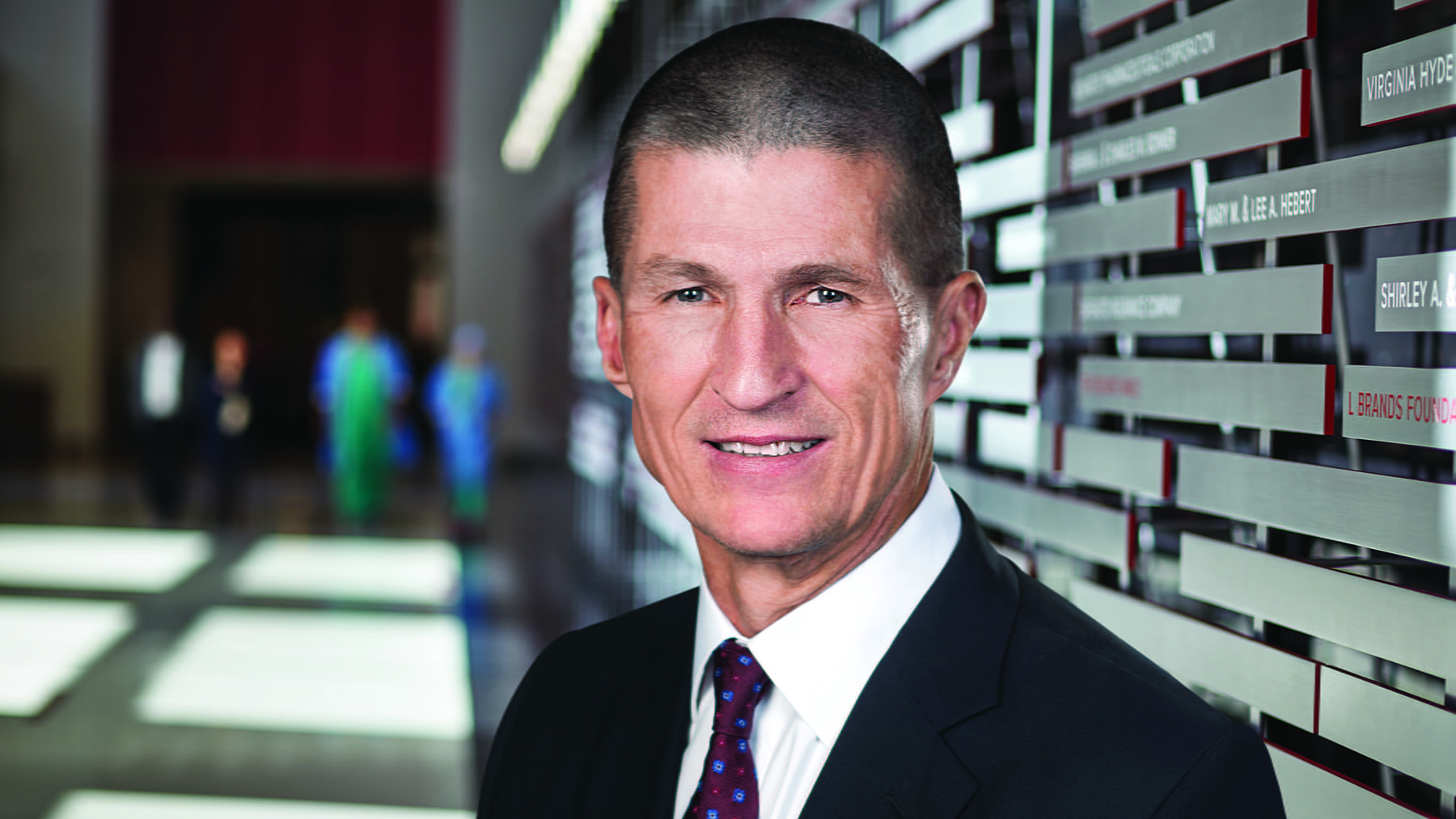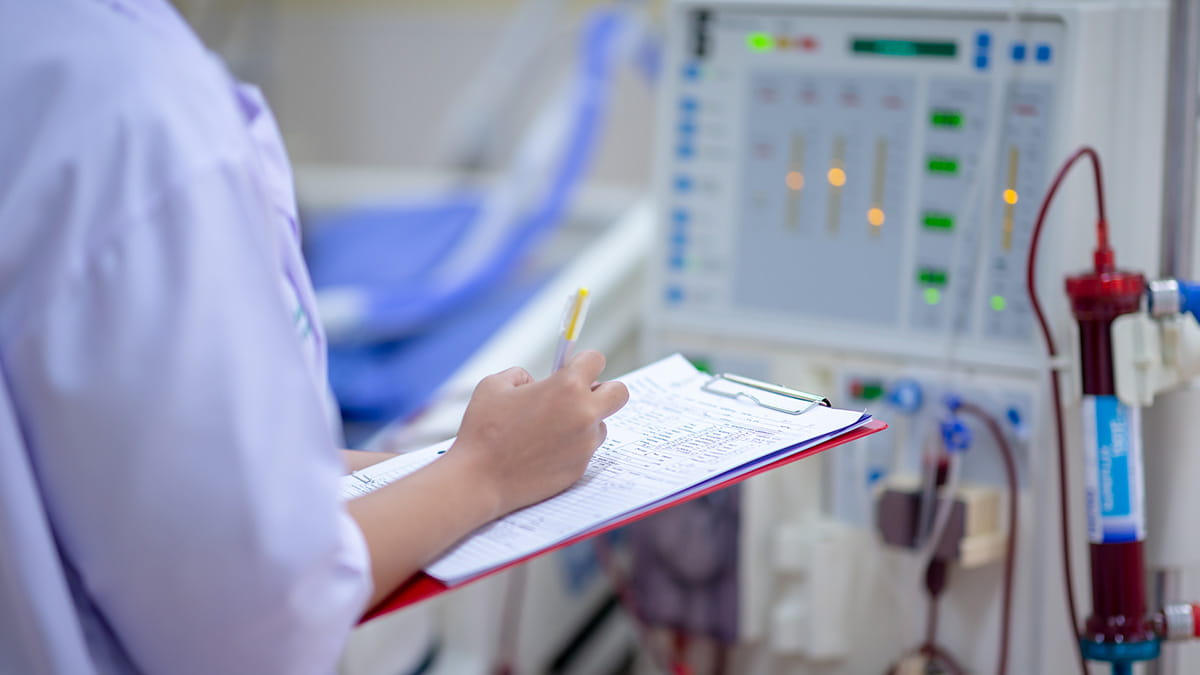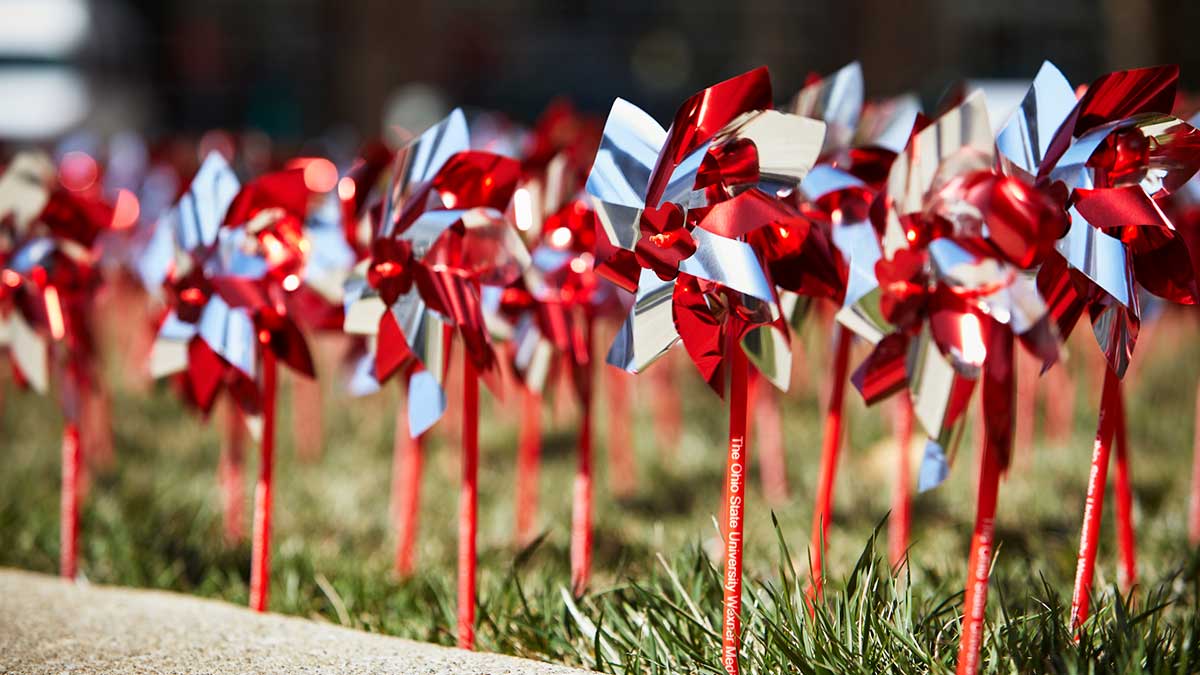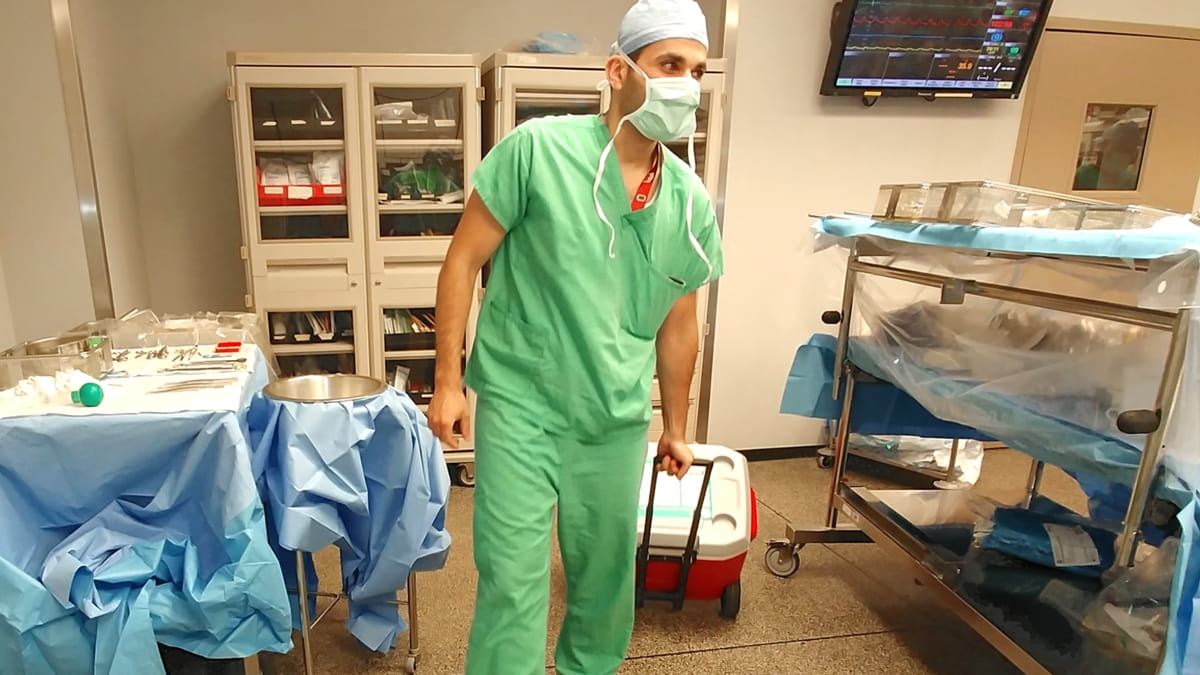Technology, expanded organ donor pool keys to saving more lives
 If you have a problem with your gallbladder, you go to the surgeon, who schedules you for surgery, and your gallbladder comes out.
If you have a problem with your gallbladder, you go to the surgeon, who schedules you for surgery, and your gallbladder comes out.If you injure your knee skiing, as I did earlier this year, you go to the surgeon and have it fixed.
And if you have a heart problem that requires a bypass or a valve replacement, it usually can be completed safely and without complications.
The situation is quite different for patients with advanced organ failure. When a vital organ can’t be fixed, it sometimes requires nothing short of a replacement. And getting a new one is no easy matter.
At any given time, about 114,000 people nationally are on the waiting list for a new kidney, heart, lung, liver, or pancreas.
Tragically, about 8,000 of them die each year waiting. In fact, in 2018, about 36,530 transplants were performed using only 17,554 donors. Most, about 61%, came from deceased donors.
So, the real challenge is not only keeping people alive until they can receive a transplant, but expanding the donor pool.
Finding donors has never been easy. You must find those willing to provide organs – sometimes it's a friend or family member (in the case of living kidney and living liver donations) or a family who donates the organs of a loved one who has died – but the organs must match for blood type.
Fortunately, the donor landscape is changing, as is our technology.
Historically, living organ donations came largely from willing relatives. If Uncle Joe needed a new kidney and Cousin Sue was feeling generous, a transplant might take place – yet only if their blood types were compatible.
For the last 10 to 12 years, we have expanded the sphere to include non-directed or altruistic donors who just want to make a difference. In those cases, Uncle Joe’s new kidney might come from somebody he never met and who doesn’t care who it goes to, as long as it saves a life. This has allowed us to create chains of donors.
The Ohio State University Wexner Medical Center conducted a five-way kidney transplant on Valentine’s Day 2017 that involved 10 patients. It was done all in one day, with four operating rooms and multiple surgical teams operating at the same time. A rare occurrence but, similar procedures are increasing globally with each passing year, with positive, long-term outcomes for the patients.
New technologies and innovations are also making difference.
For example, the liver is the only organ besides the skin that grows back when it’s been damaged. That makes it possible to take half of a liver from a living donor and transplant it into another person who needs a new liver. Ohio State is one of two transplant centers in Ohio performing living donor liver transplant surgery to provide a full range of care for liver failure patients.
Read more: How does living liver donation work at Ohio State?
Another opportunity is to rehabilitate organs that years ago couldn’t have been used in transplants. Ohio State is one of the institutions participating in research studies for Ex-Vivo Lung Perfusion and normo thermic ex-vivo liver perfusion, in which a machine is used to rehabilitate the organs and bring them back to a condition that makes them suitable for transplantation. We’ve been using a similar process for kidneys for many years.
All of these things are exciting components of our growing transplantation capabilities and promise better futures for desperate patients who might otherwise languish on a waiting list.
Kenneth Washburn is the executive director of the Comprehensive Transplant Center and director of the Division of Transplantation Surgery at The Ohio State University Wexner Medical Center.




